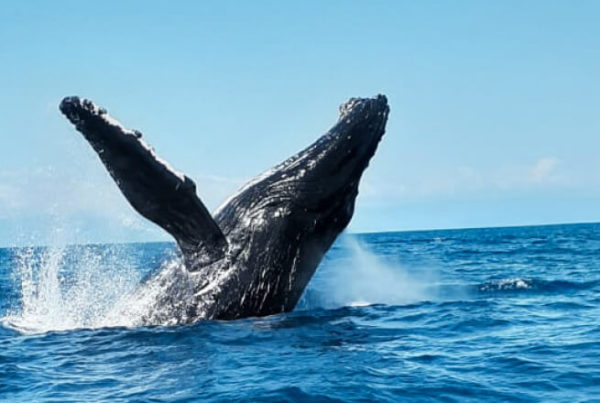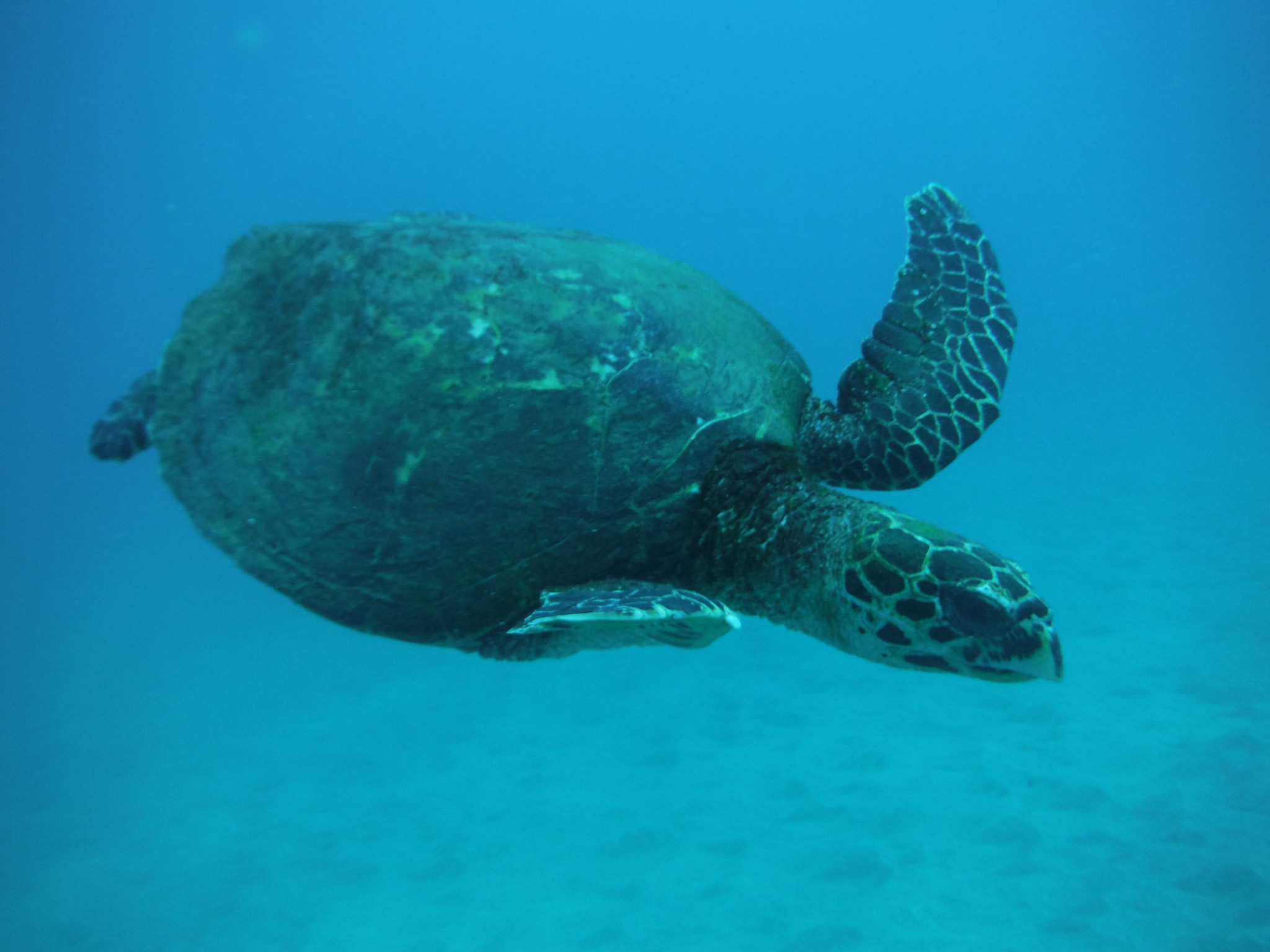
Dashing across the mangrove canopy, a group of playful monkeys entertain their human onlookers. These personable primates are Panamanian white-faced capuchins (Cebus imitator) or locally known as “mono cara blanca.” They get their descriptive name from their distinctive blonde fur on their faces and forearms. Capuchins are found throughout Costa Rica, as well as much of Central America, and are considered one of the most intelligent of the New World monkeys. You may recognize this species, as it is commonly featured in movies such as “Pirates of the Caribbean.” Unfortunately, the glamorized personality of these inquisitive monkeys has made them an ideal target for the illegal pet trade. Despite being adorable and fun to watch, capcuchins are best left in the wild where they play an important ecological role. The white-faced capuchin is listed as vulnerable by the IUCN Red List due to impacts from the illegal pet trade, deforestation, and occasional hunting for bushmeat.
These highly sociable monkeys thrive in large family groups with complex social relationships. Capuchins are polygamous, meaning males and females both have many mates. However, the dominant male has the most breeding opportunities, and tends to father the majority of the young. Female capuchins have a five-to-six-month gestation period and usually give birth to a single baby every two years. When young, the babies cling to their mother’s back as she jumps around the canopy. They hold on tightly for the first 3 months while they are exclusively breastfeeding, but they are fully weaned by the time they are a year old, and are sexually mature around five to seven years old. Females are philopatric, meaning they stay in the group in which they were born. Males, on the other hand, venture off and find a new group to disperse their genes.

Capuchins are incredibly opportunistic omnivores, eating whatever they can get their hands on. They like to peel bark off of trees in search of insects and munch on the plentiful fruits of the Costa Rican forest. Their typical diet consists primarily of fruit and insects, although they also eat bird eggs, lizards, and nuts. These resourceful monkeys are also known to use many different types of tools. White-faced capuchins have been spotted rubbing citrus or sometimes caterpillars and millipedes on their fur as a form of parasite deterrent. They also use stones as tools to open hard fruits or invertebrates. They have even been known to beat snakes with sticks to save their infants.
Capuchins are playful in their social interactions and will spend a long time grooming each other meticulously as a form of bonding. The groomer also receives a reward by getting to munch on the parasites that it pulls off the skin of its fellow capuchins – extra protein! Capuchins partake in a variety of rather strange forms of bonding including hand sniffing. During this interaction, a pair of capuchin monkeys stare in a trance-like state at each other as one inserts its finger into the other’s nose. The two monkeys will stay like this, switching back and forth for several minutes. This bizarre interaction doesn’t seem to have any other purpose besides social bonding. Capuchins also engage in other more painful bonding activities such as eye-poking where a pair takes turns poking the other in the eye socket. On rare occasions, one may also witness a pair of monkeys playing a finger-biting game. In this game one monkey allows another to bite its finger. They then attempt to pry open the biting monkey’s shut jaw. This is quite the show as the monkey uses its remaining hand and also feet in an attempt to open the biting monkey’s mouth. After the monkey is successful, the pair will switch roles and play again. These interesting and quirky interactions are amazing to witness first hand. Capuchins are the most common monkey to spot at Casa Roja and also while visiting Corcovado National park. With any luck, you will see one during your visit!








